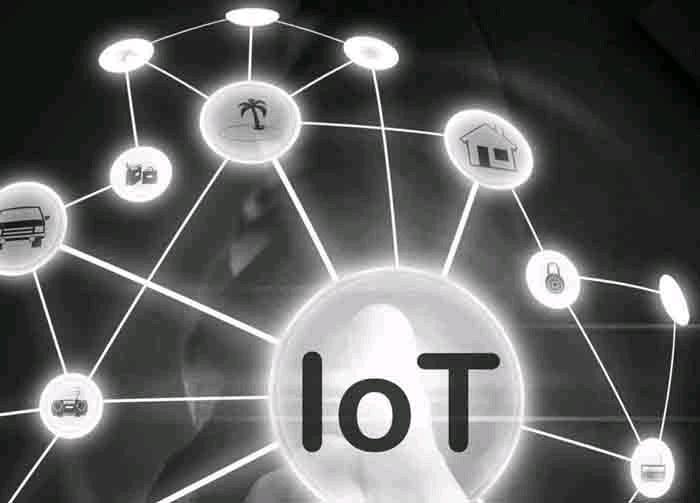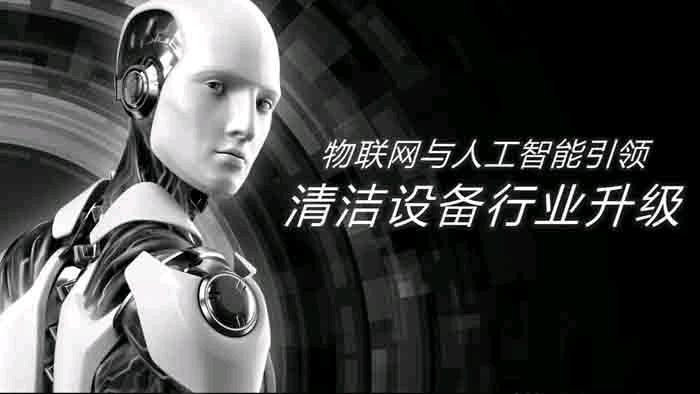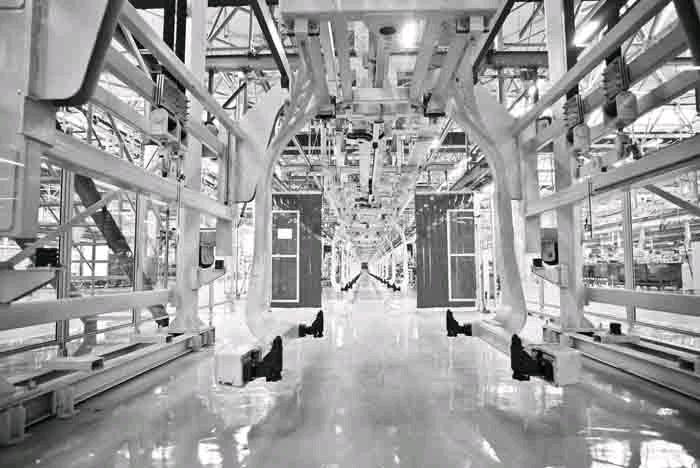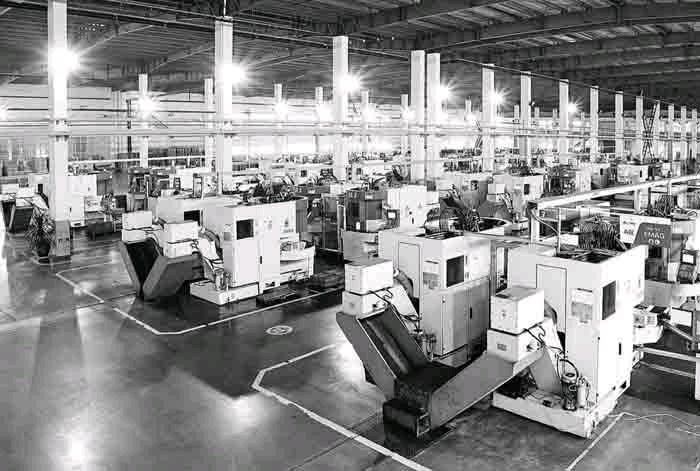IoT is Updating Chinese Manufacturing
China is catching up fast with advanced economies in adopting and fostering the internet of things or IoT to make manufacturing more efficient and competitive, said the head of China operations of a global consulting firm. Dan Starta, managing director and partner of A.T. Kearney Greater China, said the governments strong support for the corporate sector will make China one of the most connected countries in the world.
While North America currently leads in IoT adoption, Asia-Pacific countries and China in particular are rapidly catching up. According to the China Annual IoT Development Report (2016-17) published by the China Economic Information Service, Chinas IoT market has grown by 20 percent annually over the past few years, reaching 900 billion yuan ($136.3 billion) in 2016. It is expected to reach 1.5 trillion yuan by 2020.
The Ministry of Industry and Information Technology anticipates more than 1.7 billion public machine-tomachine connections will be enabled by 2020. By then, China is expected to account for 59 percent of the connected device market in the Asia-Pacific region, excluding Japan. Starta said manufacturing spend on the IoT will account for a major portion of the overall IoT spend. Key investment areas include asset tracking, connected field devices and condition-based maintenance, and autonomous robots.
Market research firm IDC predicted that Chinese manufacturing IoT spending will grow by 15 percent annually to reach $127.5 billion by 2020. “The rapid growth in adoption of the IoT will largely be fueled by Chinese government policies. While it is the manufacturing powerhouse of the world, China is challenged by slowing economic growth, increasing labor costs, and higher consumer expectations,” said Starta. “The Chinese government recognizes the key role of the IoT in manufacturing indus-tries efforts to modernize and remain competitive, and has therefore incorporated the IoT in its 13th Five-Year Plan (2016-20). Adoption of the IoT is key to the governments ‘Made in China 2025 and ‘Internet Plus strategies,” he said.
The IoT 13th Five-Year Plan, published by the MIIT, provides clear guidelines and goals for development through 2020. These include developing and strengthening capabilities around telecom, cloud computing, the IoT, and big data, and reducing reliance on foreign technology and imports.
Rather than waiting for government policy to stimulate the market, domestic companies China Aerospace Science and Industry Corp, Sany Heavy Industry Co and Haier Group have all pushed their own industrial cloud platforms to grab as much market share as possible.

“Financial support such as special funds are available for key development projects, and numerous pilot programs are also underway across the country, including the IoT industrial development clusters in the Bohai Sea Rim, the Yangtze River Delta and the Pearl River Delta regions,” said Sun Fuquan, a researcher at the Beijing-based Chinese Academy of Science and Technology for Development. He said the country also needs to ensure that the current investment in technologies, including the internet, robotics and virtual reality, will be leveraged to the benefit of its industries.
Chinas plan to take global leadership in IoT developments was incorporated into the countrys 2011–2015 five-year plan as a “national strategic priority.” Other countries in Asia have also identified IoT as a national priority. For example, the Singapore government aims to become the worlds first Smart Nation. And in 2014, the Korean government released its “Master Plan for Building the Internet of Things,” in which it set out its vision to be a world leader in the use of IoT.
Its been suggested that the main objective of Chinas IoT strategy is to gain first-mover advantage in IoT standardization. CNN reported that“the larger goal of Chinas focus in IoT, analysts say, is to win a fight Beijing has long been losing—setting international standards for new technology.”
On the IoT standards front, China scored an early victory. In June 2012, the International Telecommunication Union(ITU) issued its first IoT standards, offering “a definition of IoT, characterizing the emerging IoT environment and outlining the functional requirements of machine-oriented communication applications in a next-generation network(NGN) context.” According to the GSMA, those standards were initiated by China and were seen as an important milestone by the Chinese government.
In its July 2015 report “How China Is Scaling the Internet of Things,” the GSMA notes that during the course of the 2011–2015 plan, China “unveiled a battery of initiatives to turn the IoT into a major pillar of the Chinese economy.” The latest of these is Internet Plus, a move to apply IoT to transform manufacturing and industrial processes. It was announced by Premier Li Keqiang in his report to the 12th National Peoples Congress in March 2015.The Chinese newspaper Global Times reported that Internet Plus would “bring about the fourth industrial revolution.”

The Chinese government is not alone in envisioning an IoT-driven fourth industrial revolution. The idea has gained widespread acceptance in Asia and elsewhere. The concept was introduced by the German government as Industrie 4.0 at the 2011 CeBIT show in Hannover, Germany. Since then, other nations have jumped on the bandwagon. At CeBIT in 2014, British Prime Minister David Cameron announced that the U.K. government would spend an extra £45 million on developing IoT technology. He said, “We are on the brink of a new industrial revolution and I want us—the U.K. and Germany—to lead it.”
Klaus Schwab, executive chairman of the World Economic Forum(WEF), echoed this sentiment at this years WEF annual meeting in Davos, Switzerland: “We stand on the brink of a technological revolution that will fundamentally alter the way we live, work, and relate to one another. In its scale, scope, and complexity, the transformation will be unlike anything humankind has experienced before.”
The WEFs focus this year on industrial transformation was foreshadowed in the report “Industrial Internet of Things: Unleashing the Potential of Connected Products and Services.”Presented at the 2015 WEF annual meeting, the report concluded that the Industrial Internet would “change the basis of competition, redraw industry boundaries, and create a new wave of disruptive companies.”
That conclusion came with a warning: “The vast majority of organizations are still struggling to understand the implications of the Industrial Internet on their businesses and industries. For these organizations, the risks of moving too slowly are real.” There is growing evidence that nations able to exploit IoT effectively will pull ahead of others. Successful execution will require cooperation between government, industry, and academia across the globe.
- 中国经贸聚焦·英文版的其它文章
- Latest Public Official Changes in China
- Exhibitions
- Liu Beixian Former Head of Chinese News Agency Expelled From Party for Graft
- Deng Weigen Former Mayor of Jiangmen,Guangdong under Investigation
- Ni Zhimao PhD student at Peking University act as Deputy Governor of Yuyang
- Qiao Baoping Former Chairman of Guodian Corporation act as Chairman of Na tional Energy Investment Group

